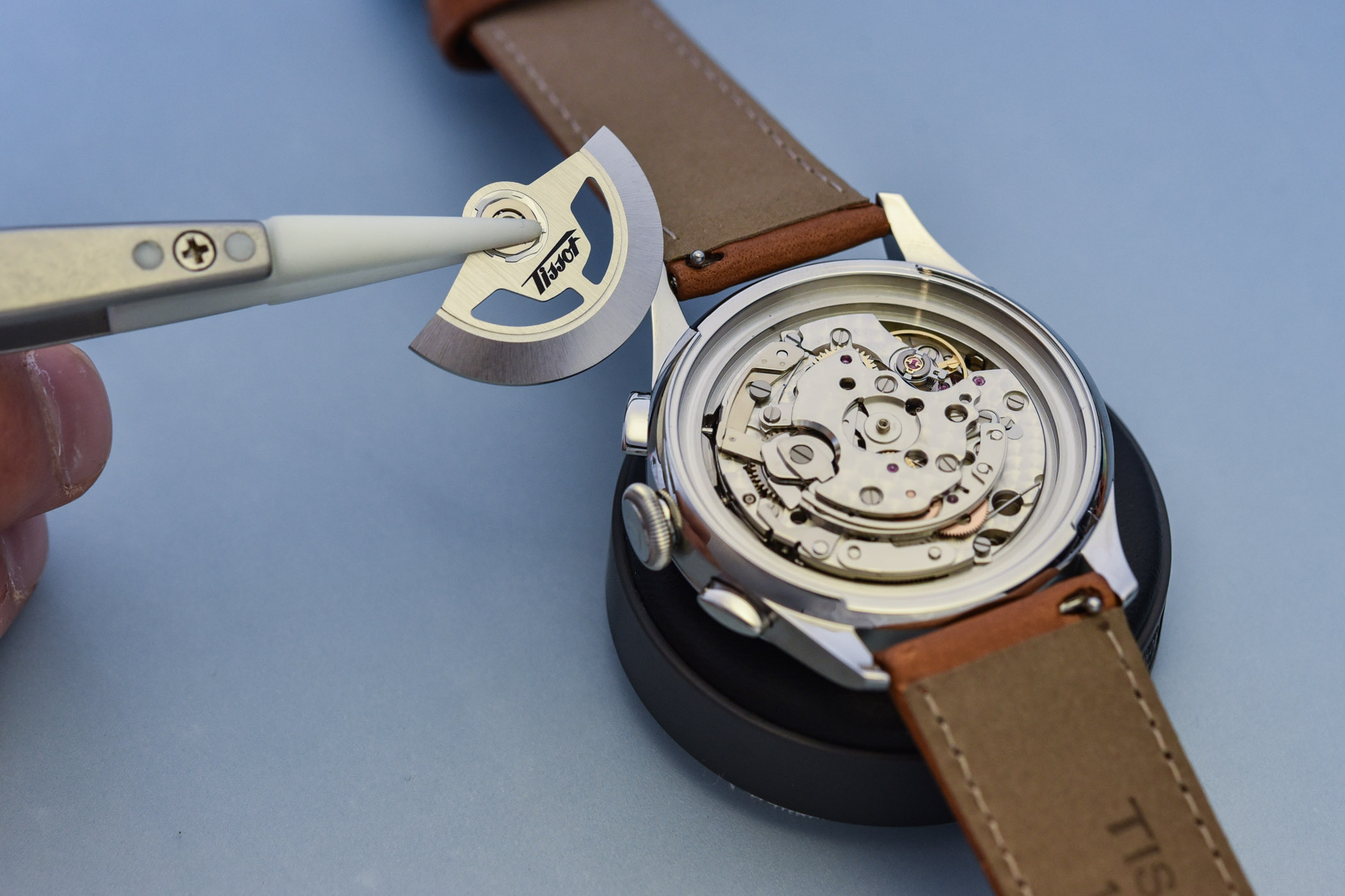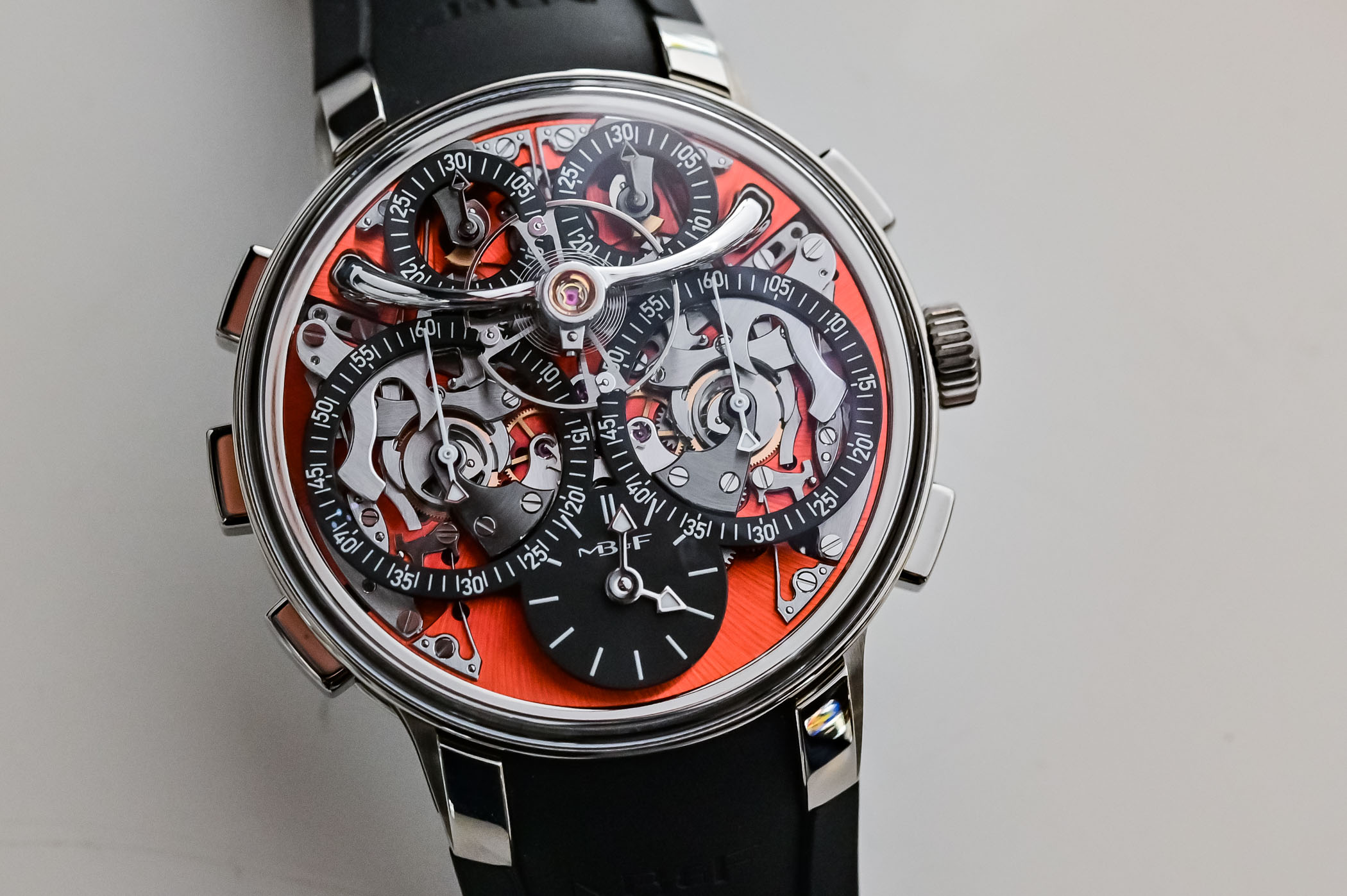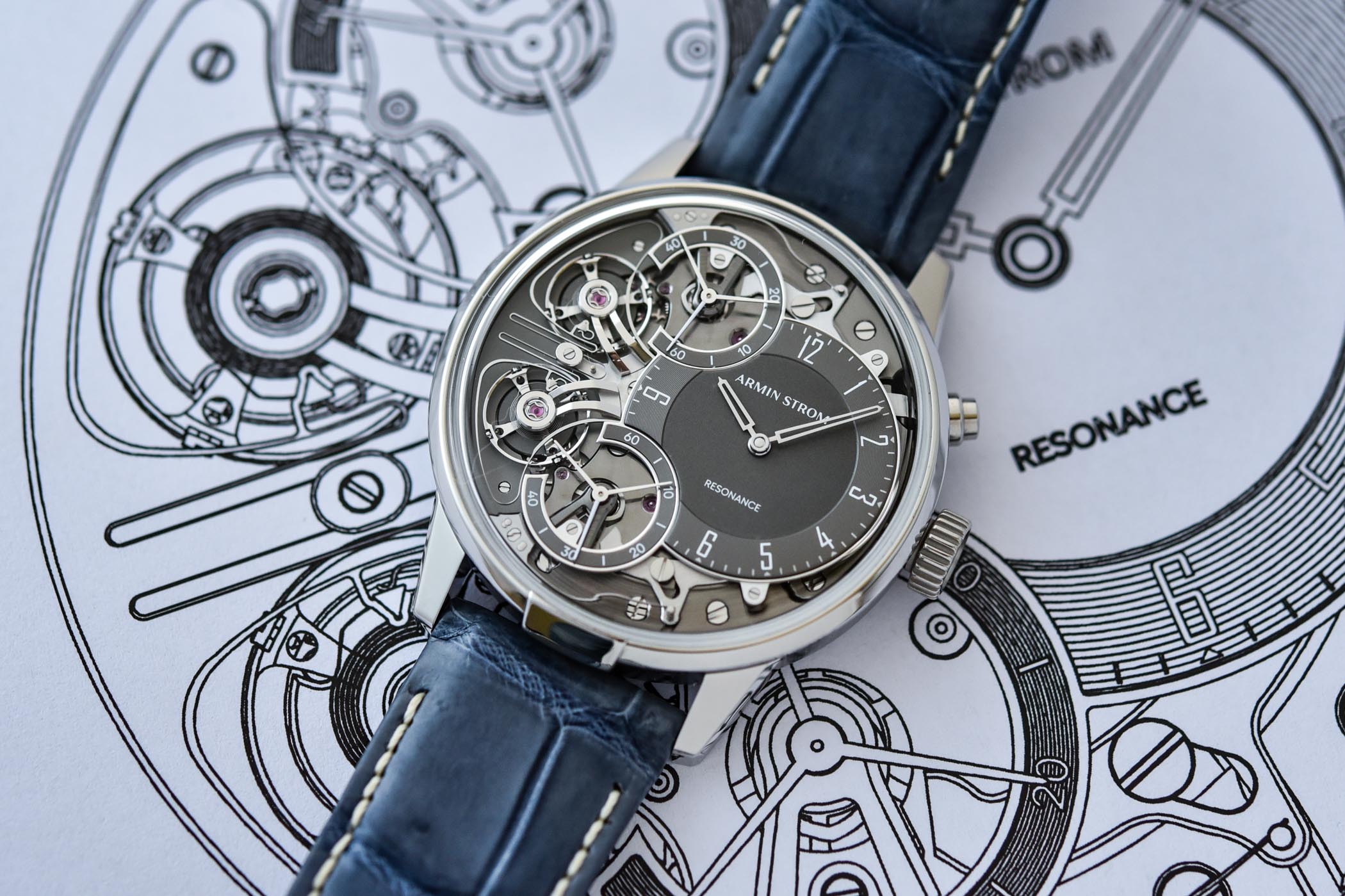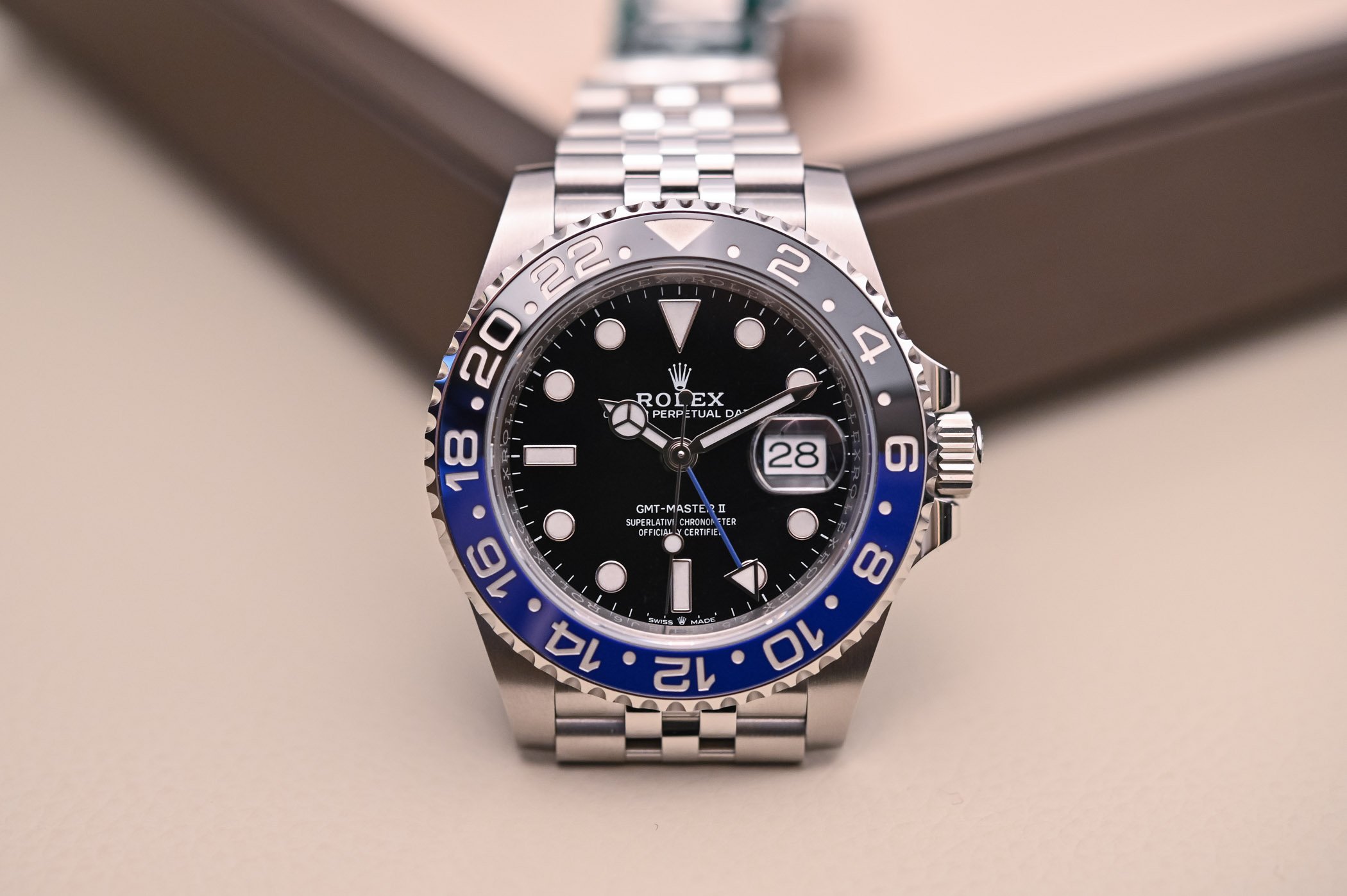Upgrade Your Watchmaking Skills With Our Best Technical Articles Of 2022
Time to go back to (watchmaking) school and understand everything about mechanical watches.
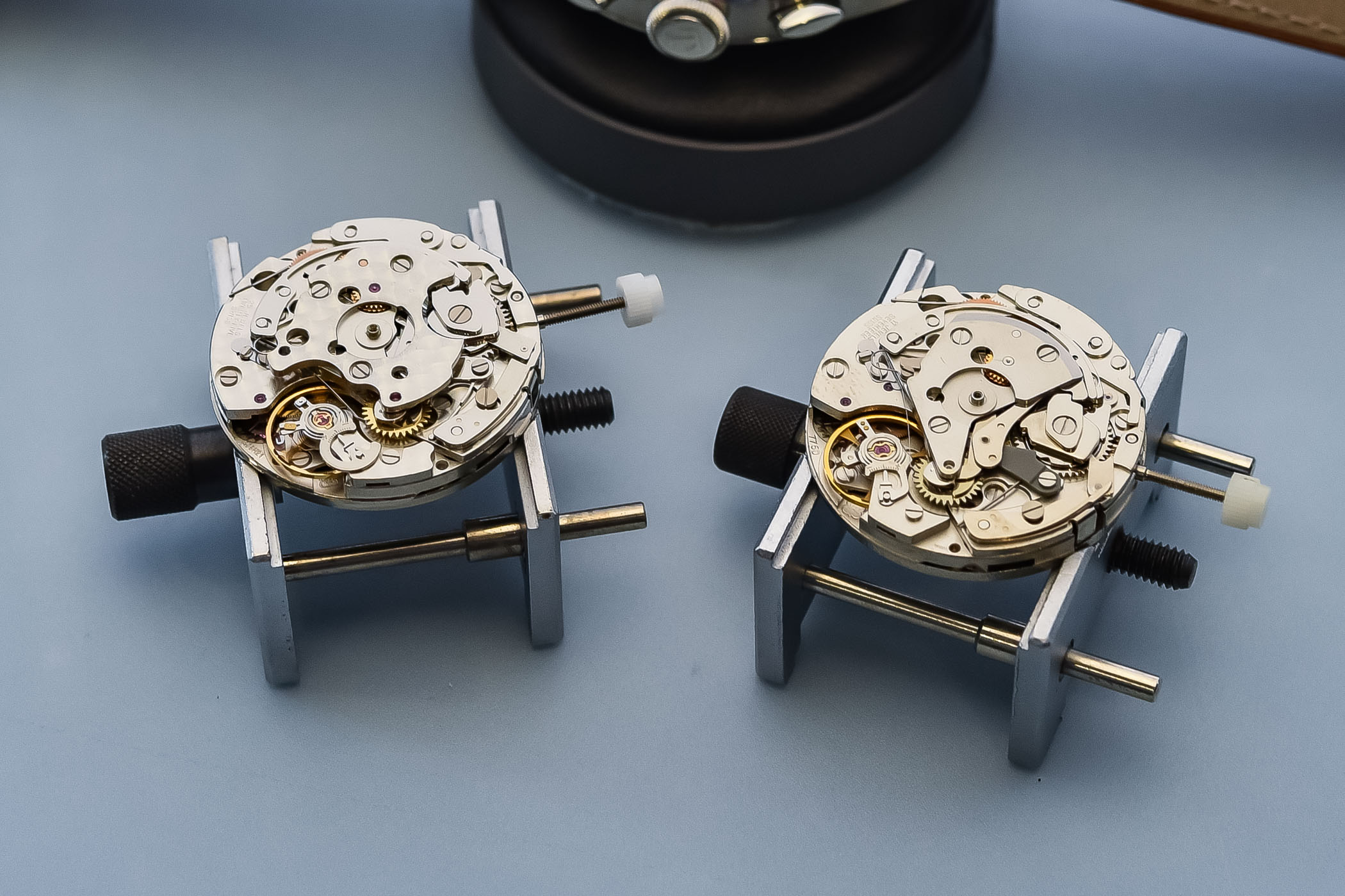
As many of you should be able to spend some quiet time with family and beloved ones, it is a moment of the year when it’s also good to look back at what happened over the past 12 months. And it’s also the right moment to relax and take the time for longer reads. Here at MONOCHROME, we always try to bring you the most complete explanations possible when it comes to watchmaking and technical innovations. Collecting watches and being passionate about watches also means understanding how a watch works. So, it is time to increase your knowledge as we look back at our 5 Best technical articles of 2022.
The Current State of silicon in the watchmaking industry
We start with a very important topic for the end of 2022: the silicon hairspring. Well, you might tell us that this is ancient news since silicon has been used in watchmaking since the early 2000s. Brands like Omega, Rolex or Patek Philippe are very familiar with this material, revolutionising traditional watchmaking. Yet, this is where things get really interesting. Until very recently, silicon hairsprings were used by a limited number of companies, which had patented the technology… Things might change as the patent in question has now expired. And that means we’ll be entering the silicon age very soon.
In this article, we not only cover everything you need to know about silicon and its use (specifically) in hairsprings, but we also look at what is about to change for the watchmaking industry.
You can read the article The Future Of Silicon Hairsprings, Now That The Patent Has Expired here.
How to improve the already bullet-proof Valjoux Movement?
It’s easy to mention iconic watches. But there’s another icon that shouldn’t be overlooked, a movement that has made possible the democratisation of the mechanical chronograph, a movement that is a living testimony of reliability and pragmatism: the Valjoux or ETA 7750. And while you might think you know everything about the venerable cam-lever calibre, some brands are trying to make it better, more precise, more reliable and better suited to modern requirements. This is where Tissot and ETA enter the room.
In this article, we dissect the venerable movement and then look at everything the brand has done so that the most emblematic and well-known of the automatic chronographs meets 21st-century requirements. Beefed-up power reserve, anti-magnetic properties, variable inertia balance and an even more pragmatic assembly…
You can read the article A Closer Look At How Tissot Drastically Improved The Iconic Valjoux 7750 Chronograph Movement right here.
Going Beyond the rattrapante chronograph
We then move to the other end of the chronograph spectrum… Moving from the simplest of all, the 7750, we now enter the world of watchmaking wonders with evolutions made to the already-complex rattrapante. This type of chronograph, also known as the split-seconds or DoppleChronograph, is amongst the most complex ever developed. The word rattrapante translates from the French “to catch up”. Rattrapante chronographs feature two superimposed seconds hands that time two events of different lengths simultaneously. One hand (the rattrapante) can be stopped to read an intermediate time, while the other one (the trotteuse) keeps running. A second push on the rattrapante pusher allows the stopped hand to catch up with the moving hand. But it seems that watchmakers can push this already fascinating mechanism even further.
In this article, we look at three different types of super-rattrapantes, the Double- and Triple-Split, the Sequential and the Lap Timer. All ultra-complex, yet packed with common sense.
You can read the article Reinventing the Rattrapante Chronograph With Complex Technical Solutions To Time Multiple Events here.
Understanding the concept of resonance in watchmaking
Resonance is one of the most fascinating physical phenomena ever to be transferred to watchmaking. The concept and its implementation inside a watch are mesmerising but utterly complex to understand and conceive. The search for utmost precision has been a field of interest for watchmakers since the early days of clock and watchmaking and resonance, which is the capacity of two identical objects to enter into acoustic and physical synchrony, has long been a watchmaker’s dream. Some of the greatest names of watchmaking have tried to apply the concept of resonance to a watch, such as Antide Janvier and Abraham Louis Breguet. But in modern days, it’s Armin Strom that has to be credited for the most pragmatic and efficient take on the concept, with its Mirrored Force Resonance concept.
In this article, illustrated by one of our in-depth videos, we look at everything it has taken for the brand to achieve resonance. We also explain everything you need to know about this physical phenomenon.
You can read the article Understanding The Resonance Concept With The New Armin Strom Mirrored Force Resonance here.
The Difference Between Office GMT And Traveller’s GMT
What’s the difference between one GMT watch and another GMT watch…? When looking at classic models in all price ranges, you might think that they are all identical, with a standard time-and-date display, an additional 24-hour hand and often a rotating bezel with its own 24-hour scale. On paper, this is true. However, not all GMT watches are born equal. The critical difference is materialised by two types of timepieces: the office GMT and the traveller’s GMT. And it’s all about the way the additional time zone is adjusted and how to use the watch when travelling and crossing time zones. Some will argue that it doesn’t really matter and that it all results in the same display. At MONOCHROME, we believe that this difference does matter.
In this article, we delve deep into the differences between the true or traveller’s GMT and the office or caller GMT, looking at how they work and how to use them at home/office or while travelling.
You can read the article The Difference Between Office GMT And Traveller’s GMT Watches here.
And if you still have some spare time, you can always continue your watchmaking journey by looking at all the articles we have grouped in the “technical perspective” section. You will find articles covering the chronograph complication, different calendar mechanisms, finishings and decoration, a detailed explanation of the Co-Axial Escapement, the future of watchmaking with compliant mechanisms and different types of hands… plus many more.

